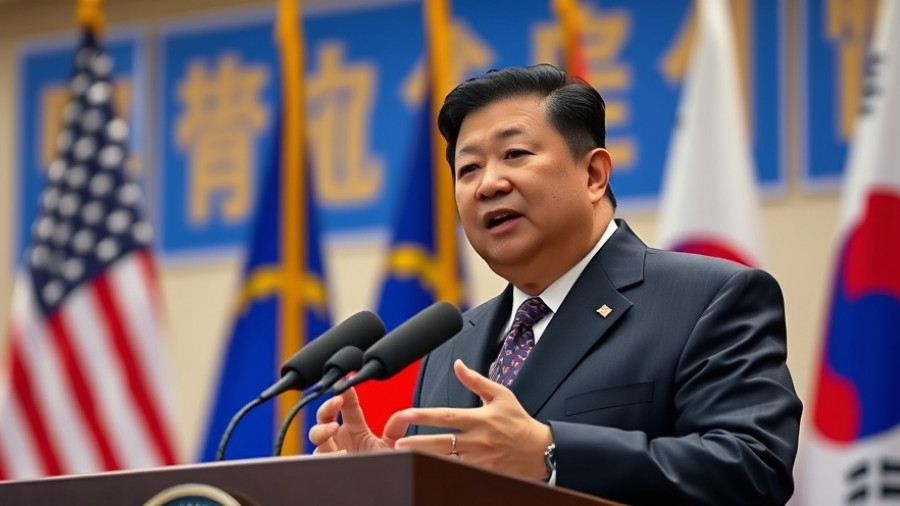
Unlocking the Future: General Atomics and the Navy's Collaborative Combat Aircraft (CCA)
The U.S. Navy has officially selected General Atomics Aeronautical Systems (GA-ASI) to bring its vision for a Collaborative Combat Aircraft (CCA) to life. This announcement, made on October 17, 2025, marks a significant leap toward integrating cutting-edge technology into naval aviation.
A Modular Approach to Warfare
GA-ASI emphasized a "modular approach" in its design strategy. This method allows the aircraft to be swiftly reconfigured to adapt to diverse mission requirements, ensuring flexibility in combat scenarios. According to GA-ASI President David Alexander, their extensive experience with unmanned combat aircraft will be vital in expediting the naval fleet's modernization efforts.
The strategy aims not only to coordinate manned aircraft but also to integrate advanced unmanned systems into the Navy's operations. By supporting fourth, fifth, and even sixth-generation aircraft like the upcoming F/A-XX fighter, the CCA promises a new era of tactical warfare.
Why Does This Matter?
As countries around the globe invest in military modernization, the implications of the Navy's CCA initiative reach far beyond U.S. borders. Other nations are likely to follow suit, seeking to enhance their aerial capabilities in concert with advanced unmanned systems. This trend could reshape global military dynamics over the coming years.
The Competitive Landscape
In a somewhat crowded field, GA-ASI is not alone. Competing firms like Boeing, Northrop Grumman, and Anduril have also been awarded contracts for similar design efforts. This competition spurs innovation, ultimately benefiting the military's efficiency and effectiveness.
Future Predictions: What Lies Ahead
As the design work progresses, the Navy's CCA will likely undergo various revisions enhanced by feedback and emerging technologies. Early stages focus on conceptual frameworks, but as prototypes develop, we may witness a rapid evolution in how naval airpower is deployed.
With dynamic threats on the horizon, understanding these advancements equips us to better engage in discussions about our national security strategy. While some may view these advancements skeptically, the potential benefits for operational readiness and adaptability are immense.
Connecting with the Community
For those invested in the future of military technology and its impact on local communities, supporting initiatives that foster technological advancements is crucial. This CCA project not only promises to enhance naval operations but also highlights the importance of local efforts in understanding and promoting innovative defense capabilities.
It’s vital for local communities to engage with such technological advancements, as these innovations can open new opportunities for growth in various sectors, such as education, manufacturing, and technology.
Embracing a New Era in Naval Aviation
The Navy's pursuit of a Collaborative Combat Aircraft represents an essential step toward modernizing military aviation. As stakeholders in our community, it’s our responsibility to stay informed about these advancements that shape our safety environment and catalyze local economic growth.
 Add Row
Add Row  Add
Add 




Write A Comment